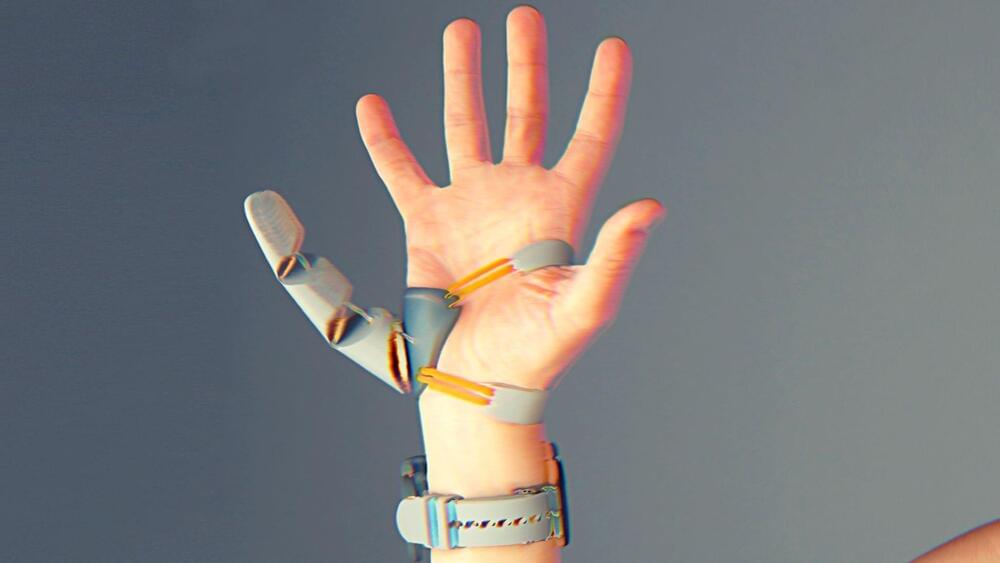— https://bit.ly/YTFINaiUSFebBill Gates has a mysterious investor who oversees nearly all of h…
Get the latest international news and world events from around the world.
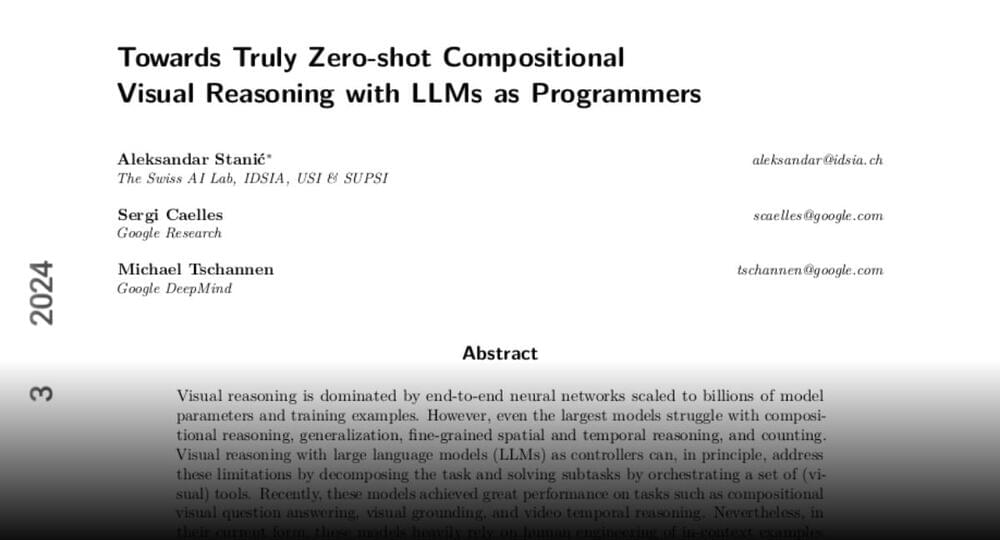
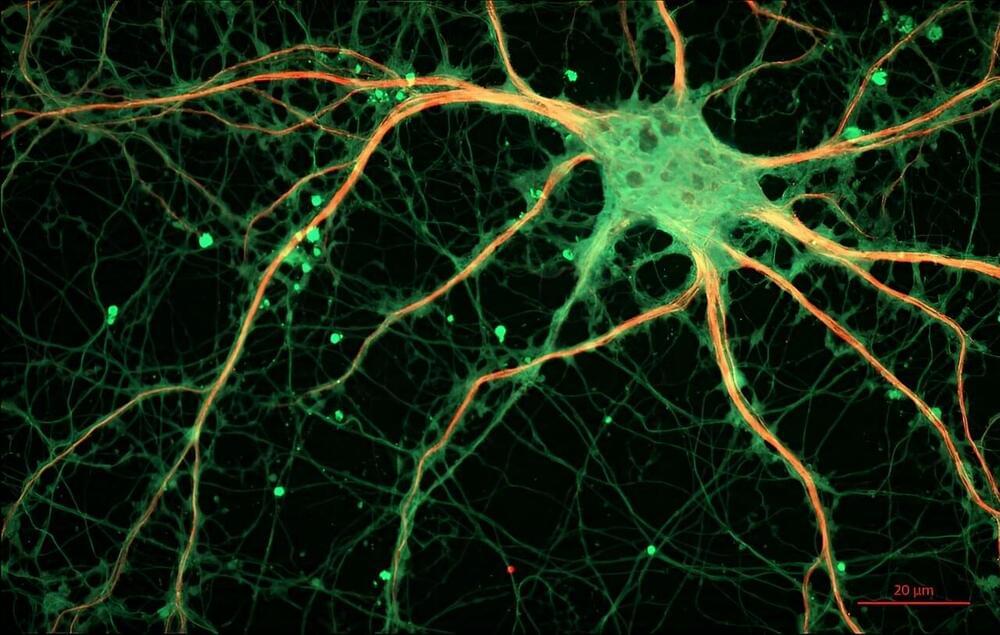
Understanding the role of a new enzyme in the development of autism spectrum disorder
Over the past decades, scientists have made substantial progress unveiling the underlying mechanisms behind many psychiatric disorders. Every year, new genetic mutations or protein dysregulations are identified as potential culprits for the symptoms and sometimes even the root causes of complex neurological diseases, including autism spectrum disorder (ASD), schizophrenia, and Alzheimer’s.
Despite these efforts, the precise roles of several proteins involved in brain function remain obscure. Such is the case for indoleamine 2,3-dioxygenase 2 (IDO2), an enzyme expressed in the brain and metabolized by the tryptophan–kynurenine pathway (TKP).
Changes in the metabolites of this pathway have already been linked to many psychiatric disorders, and genetically modified mice have been invaluable tools in such studies. However, the detailed functions of IDO2 in the brain are not known.

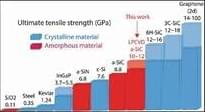

Cosmic Chemistry: Unlocking the Unexpected Secrets of Early Universe’s Star Factories
A groundbreaking study by Chalmers University scientists reveals unprecedented molecular details in two early-universe galaxies, advancing our understanding of their star-formation activities.
Two galaxies in the early universe, which contain extremely productive star factories, have been studied by a team of scientists led by Chalmers University of Technology in Sweden. Using powerful telescopes to split the galaxies’ light into individual colors, the scientists were amazed to discover light from many different molecules – more than ever before at such distances. Studies like this could revolutionize our understanding of the lives of the most active galaxies when the universe was young, the researchers believe.
Unveiling the nature of early galaxies.
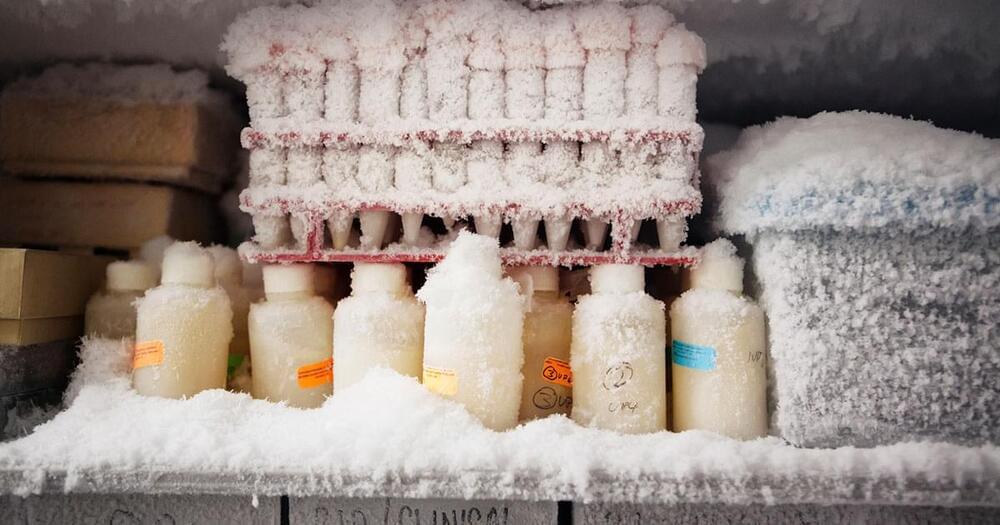
Janitor Attempts to Turn Off Beeping Noise, Destroys Research
In an apparent attempt to turn off a beeping noise he allegedly deemed annoying, a janitor turned off the breaker to a freezer that contained extremely valuable cell cultures, samples, and other research.
The freezer, which was set to minus-112 degrees Fahrenheit, as the Times Union reports, warmed up to a catastrophic minus-25.6 degrees, damaging and destroying much of the decades of work.
At least, that’s what happened according to a lawsuit filed by the Rensselaer Polytechnic Institute lab against the janitor’s employer.
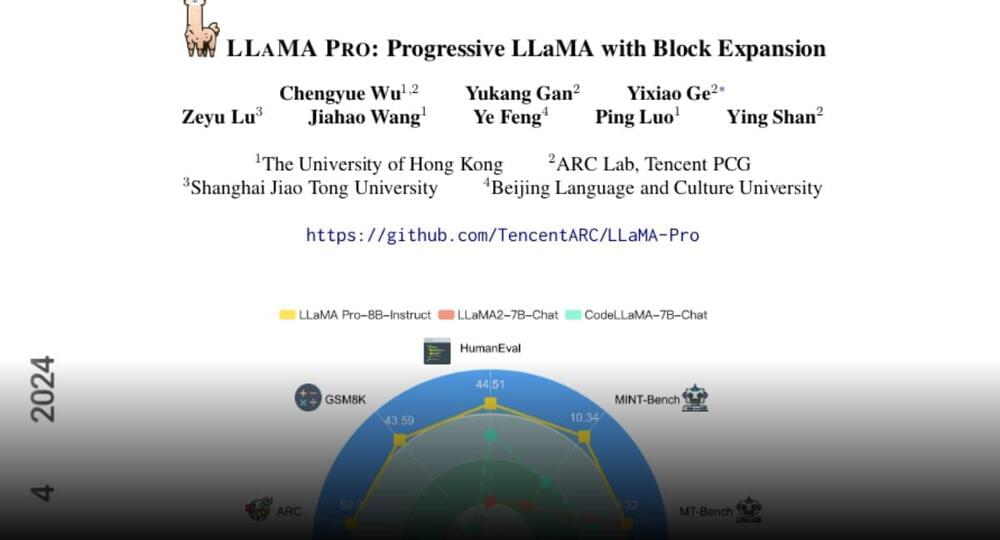
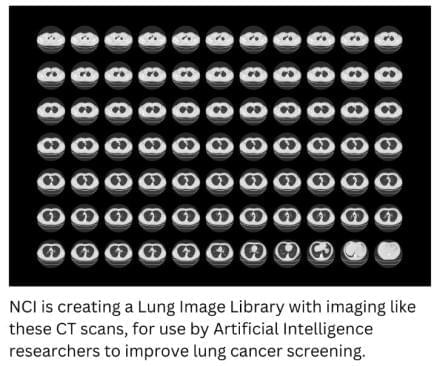
Leveraging Artificial Intelligence to Improve Accuracy of Lung Cancer Screening
How can artificial intelligence help to improve the accuracy of lung cancer screening among people at high risk of developing the disease? Read to find out.
Lung cancers, the vast majority of which are caused by cigarette smoking, are the leading cause of cancer-related deaths in the United States. Lung cancer kills more people than cancers of the breast, prostate, and colon combined. By the time lung cancer is diagnosed, the disease has often already spread outside the lung. Therefore, researchers have sought to develop methods to screen for lung cancer in high-risk populations before symptoms appear. They are evaluating whether the integration of artificial intelligence – the use of computer programs or algorithms that use data to make decisions or predictions – could improve the accuracy and speed of diagnosis, aid clinical decision-making, and lead to better health outcomes.
